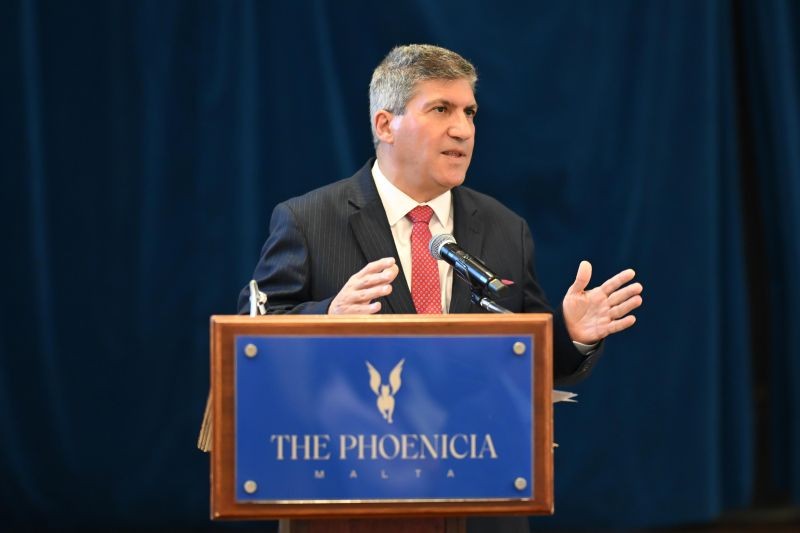I clearly remember one of my senior managers once using Ken Blanchard’s quote to encourage me to get out from behind my desk and be more present with my team members on site.
It caught my attention because up till then, I had seen my role as team leader as the person to notice my team members’ weaknesses and help them self-correct by giving them effective feedback. I would typically use what is known as the feedback sandwich to make sure they would understand that I was being fair with them. So, I would start off by mentioning what they do well, then deliver my constructive feedback about their inadequate performance or inappropriate behaviour, and finally finish off with another reminder of what they do well. Effectively I was ‘sugar coating’ my difficult message with dollops of sweet praise.
What I found was that team members either chose to remember only the praise or came out of the meeting with a confused look and none the wiser about the message that I was trying to get across. That was when I needed to stop using praise as simply a cushion for the constructive feedback that I needed to give my team.
Praise, however, is much more than a simple pat on the back and a curt ‘well done’. In the same way that there is an art to giving effective constructive feedback, there is similarly a way to give positive feedback that is effective in building up the confidence of your team and encouraging them to repeat the successful behaviour. Here are some tips:
- Be specific – Specify exactly what you saw them do or heard them say (sometimes also what they did not do or say) that you have noticed. Sometimes, of course, you might not have witnessed it directly, and in those cases simply relay what was reported to you by colleagues, customers, suppliers etc.
- Underline the benefit – Tell them why what they did or said was so important for you, the team or the organisation.
- Help them reflect – Ask them to reflect on how whatever they did was made possible. This will help them learn what the conditions that made it possible for them to act in the way they did were.
- Embed the learning – Help them find ways to ensure that the behaviour is no fluke by turning the behaviour into a habit that becomes second nature to them going forward.
- Thank them – Simply finish off by looking them in the eye and showing sincere appreciation for their extra effort and superior achievement.
If you really want to turn your team into a high-performing team, I challenge you to commit to spending more time observing your team while they are at work over the next 24 hours and catch them doing something right. As soon as you do, show them you have noticed by following the tips above.
6 morning routine mistakes to avoid that could cost you productivity
There are easy and effective ways to set the right tone from the start of your day.
Mistakes CEOs regret and how to avoid them
Many CEOs look back and wish they had done things differently.
6 steps business leaders must follow to address negative online reviews
Responding to online critics is an effective way of protecting a company’s reputation and building customer loyalty.
Provide feedback and show respect: 5 ways business leaders can steer a young team towards success
Millennials and Gen Z employees are on the rise, and while they are wrongly viewed as ‘unmotivated’ and ‘entitled’, they ...









